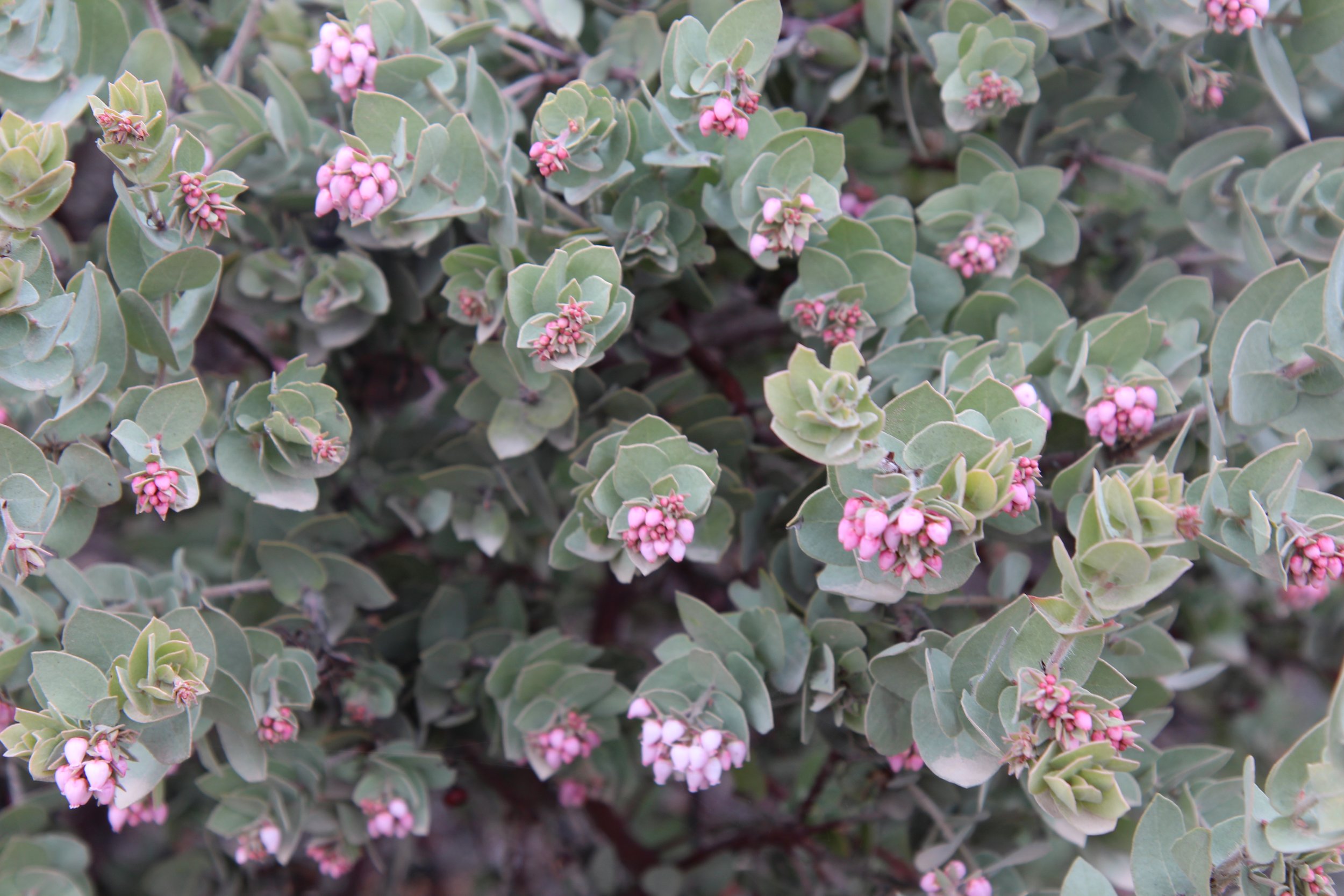First Blooms of the Year! Manzanitas
Manzanita trees grow among the Chapparal, the plants that give cowboy “chaps” their name- to protect their legs from the scraggly brush. Half the species that grow native to the US are endangered, but 4 species can be found among the hills of Mount Diablo in the East Bay.
The flowers come in different colors, and the light pink here grow from the “mount diablo” manzanita, an endangered species that only grows on our little mountaintop.
Manzanita (little apple) trees bloom in the early spring, along with the first signs of green grass that last just the first couple months of the year.
The tree itself has beautiful red bark, and many different verions from around the world can be found in the Tilden Botanical Garden in Berkeley.
The manzanita tree bark begins to “peel” in the spring, as the stem grows, revealing the smooth bark it is known for.
Some of these manzanitas are exceedingly rare, having only been found growing in one or a few locations. We have lost an untold number of species of the tree as California was settled and land cleared.
Native American tribes such as the Maidu, Miwok and Wintu used the flowers and fruit to make cider and jelly, and use the leaves to tan leather.
Manzanita means “little apple” and the name describes the tiny, apple-like fruit that stick around all year, and get eaten even by the coyote.
I adore these plant walks. MDIA (the Mount Diablo Association) leads guided plant walks for just the cost of park entrance ($10).
They are currently awaiting a bid for the grant to finish building their education center, and have already raised over $2M. In the meantime, these hikes are amazing. Today’s walk brought us 1.5 miles into the park to see 3 of the 4 species of manzanita trees in the mountain tops of Diablo.
At this Curry Point hike, you run into remnants of the 1930’s building of the park: including “Bonus St” stone signs, and the tower at the very top- all incredible employment opportunities during the Great Depression in the US.
The focus of our hike led us along the hike that also takes you to “balance rock” another mile or so down the same trail. Toddler in tow, the 3+ mile roundtrip was enough for us!









